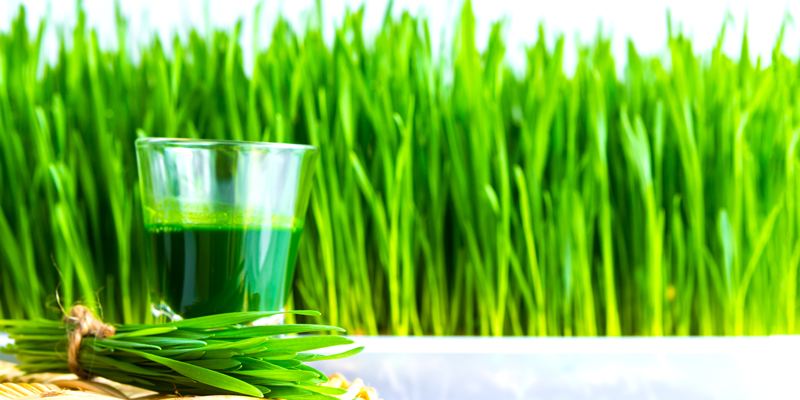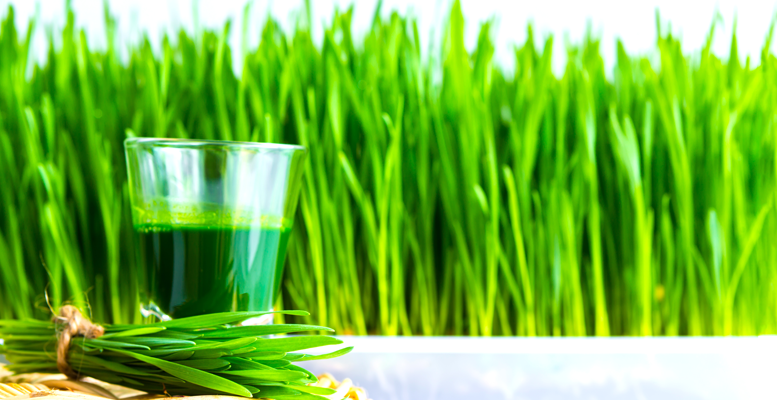
Pronounce it: weet grahss
Wheat grass is the young shoots of wheat, triticum aestivum, and contains much chlorophyll (the green stuff) and other vitamins and minerals. But is it better than anything else? Rather like bean shoots, it depends who you ask and, particularly, who is selling it.
The NHS and the British Dietetic Association disagree with the common message that a shot (1oz, usually) of wheat grass juice has the same nutrition as 1kg of vegetables and says that weight for weight its dietary contribution is about the same as spinach or broccoli. The quantity usually taken doesn’t even count as one of your five-a-day.
Unquestionably, there will be those who get special benefits from regular doses but that’s more to do with their physiology and what is wrong with them. For the rest of us, the broadly accepted medical view is that wheat grass is no better or worse than other fresh produce and that like all foods, taking an excess of it can be dangerous for the human body.
Availability
Converted into a juice, wheat grass is widely available fresh, frozen and in freeze-dried form, especially in health food shops and at juice bars.
Choose the best
The vaunted health benefits of wheat grass are based on its nutritional content as a fresh product, thus any version in its living state is best, which is why it’s commonly liquidised directly after cutting and sold as a juice, as shots.
Store it
Wheat grass deteriorates quickly once harvested and the juice will continue to do so; refrigeration is a short-term solution. If long-term storage is needed, choose frozen or freeze-dried. The ideal is to grow it yourself.
Cook it
Wheat grass juice should never be cooked.

Be the first to comment on "Wheat grass"